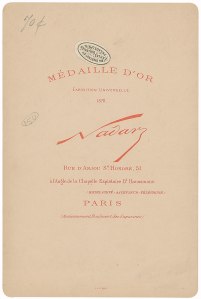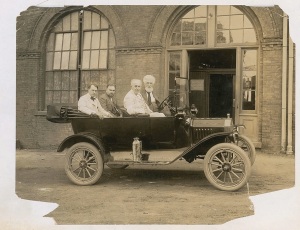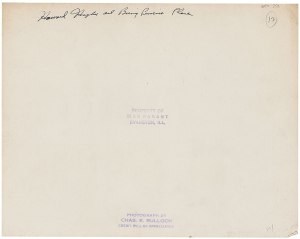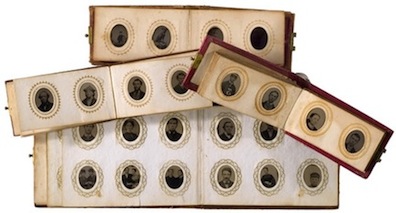Reading this column I wrote for Sports Collectors Daily (opens in new page): ‘The Importance of Provenance in Collecting‘
The article is sports memorabilia-centric but the basic concepts apply to photos and most everything collected.
Many photographs or important details about the photo are identified in part by where they came from. While many photos by famous photographers have the photographers stamp for simple identification, some will have no such markings and the source will be essential to photographer identification. Perhaps a photo came from the photographer’s personal archives or a studio he worked for. Perhaps the seller is a recognized expert and his identification opinion holds great weight. I have had unstamped photos that I knew came from the photographer’s studio and, correspondence with the photographer, he said he had made them. I’ve had unstamped and unmarked news photos where I knew exactly which newspaper archives they came from. Researching images online has identified the famous photographer of a photograph.
As the article demonstrates, studying the provenance and history can uncover forgeries, altered and stolen items.
And buying from knowledgeable and known reputable sellers just makes common sense, especially when buying online and being only able to view online images. If you don’t know the seller, you can usually tell if he knows what he is talking about by reading the descriptions of all his photo auctions. And you can often quickly identify a scammer or someone who clearly has no clue. The more knowledgeable and experienced you are, the better you can judge the knowledge and experience of the seller.
The stamps and tags discussed Assignment #5 are documentation of provenance and are clearly helpful in authentication. An authentic United Press International stamp on the back of a photo shows it came from UPI.
Also, while provenance can be a great help and offer invaluable information, it can be forged or have erroneous information, so authentication involves examining the totality of an item, not just the piece of paper that accompanied it. It doesn’t matter that a letter from the estate says a photo is from the 1880s, because a Polaroid can’t be from the 1880s. The Polaroid process was invented in the 1900s. The photo itself proves the LOA wrong. Provenance can help verify a photo, but the photo can help verify the provenance. You look at the totality of the information available, and not just one detail. For an authentic item, it will all come together, each detail supporting the other. If that Polaroid was instead an abumen cabinet card from the ancestor’s local photography studio, that would support the letter from the family.
Provenance and historical details may not be necessary for authentication or add to the resale value, but are interesting. Photos are historical artifacts. Knowing a cabinet card came from Minnesota can be interesting to know.



* * * *
Course Assignments:
